Chef’s Armoury was invited by President Oikawa from Oigen Foundry to see first hand how Nambu Tekki is made. Nambu refers to the ancient name for the area around Iwate Prefecture and Tekki refers to iron works or ironware. Nambu has been acclaimed for making Japanese cast ironware for centuries.
Artisans settled into Nambu due to the abundance in the natural resources required for making cast ironware such as iron sand and pine trees for charcoal.
Oigen Foundry
Oigen Foundry was established in 1852 in the Edo period and is famous for it’s traditional Japanese cast iron kettles, handmade Japanese cast iron cookware and a special range called the “Naked Pan”, but more on that later.
One thing that impressed me during the factory tour was Oigen’s commitment to recycling. Over 70% of all Oigen Ironware is made from recycled materials. When I asked Ms. Oigawa about this she said “I don’t know what all the fuss is about, we have been reusing old wares like this for hundreds of years, it’s a normal part of life.”
At Oigen Foundry, cast iron cookware is made with a combination of sweat and passion. Some processes are new and some are very old.
Here is a rundown of the casting process…
1/ Iron sand and recycled ironware is smelted at over 1000 degrees Celsius to create molten iron.
2/ Sand molds move along a conveyer belt as molten iron is poured into each mould.
* Although some of the molds are machine made, special items and custom orders are hand pressed. The hand molding process keeps the old ways alive and is generally performed by the younger workers so they can learn the traditions.
3/ At the end of the pouring line the molds drop into a cooling tunnel that rotates slowly, and begins the unmolding process.
4/ Two men at the end of the tunnel manually break the rest of the mould apart, one with a hammer and one with an oscillating tool. Excess iron is sent back for re-use and the sand is collected for future molds to be made.
5/ After this the ironware is shot blasted to remove the last traces of sand and then sent to the finishing area.
6/ In the finishing room all work is carried out by hand. The rough edges are ground and buffed whilst competent eyes spurn imperfect items to the fire once more. The apprenticeship at Oigen Foundry is 5 years but the team seems to have many more years under their belts.
7/ After the buffing process, the ironware is as shiny as a newly minted coin. This is surprising considering that every piece of Nambu ironware in the store has a satin black finish due to a coating of a harmless derivative of cashew nuts to keep the pots from rusting.
After passing through the seasoned hands of more than a dozen artisans the finished product sits in trolleys ready for final scrutiny, then packaging for local and international destinations.
Ms Oikawa explains the process of making quality cast ironware relies heavily on highly skilled artisans. Atmospheric conditions, humidity and half a dozen other factors all affect the final product. “Because we cast in sand molds, they absorb more or less water from the air so only very skilled people know how to make adjustments to get a good product.”
Chef’s Armoury stock a comprehensive range of handmade Oigen cast iron cookware and ship all over Australia. Have a look at Oigen cast iron pots and pans.

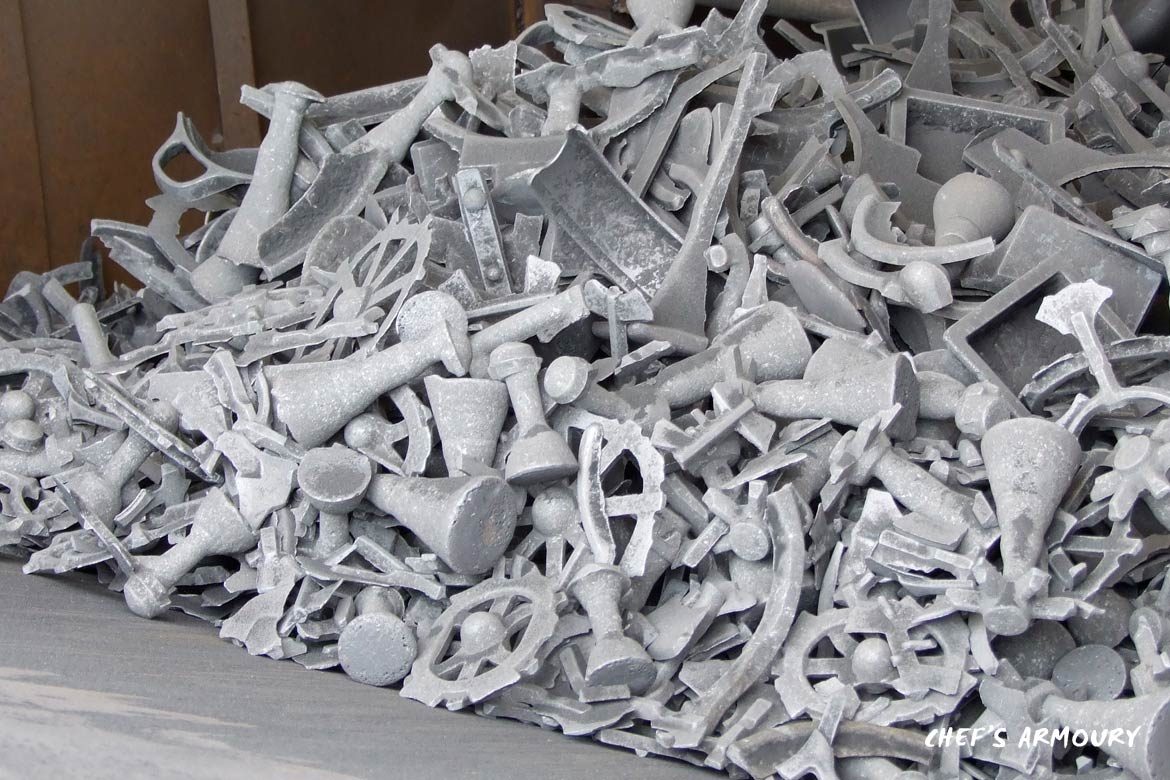
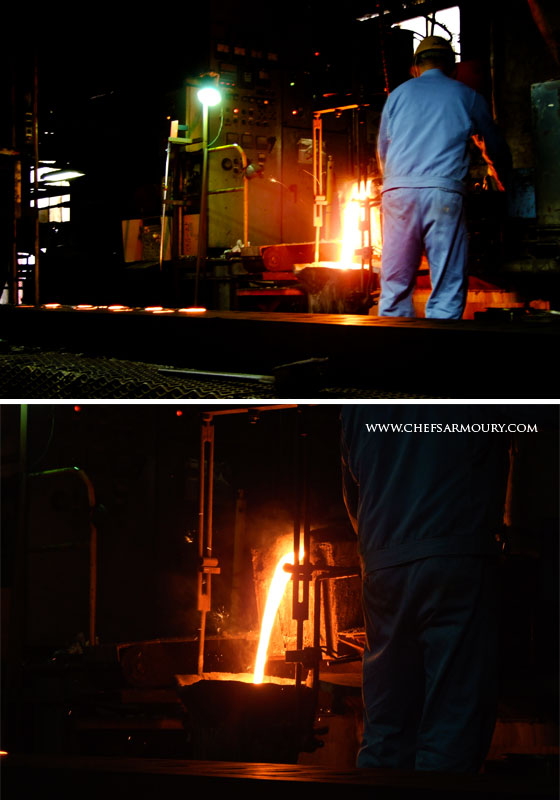
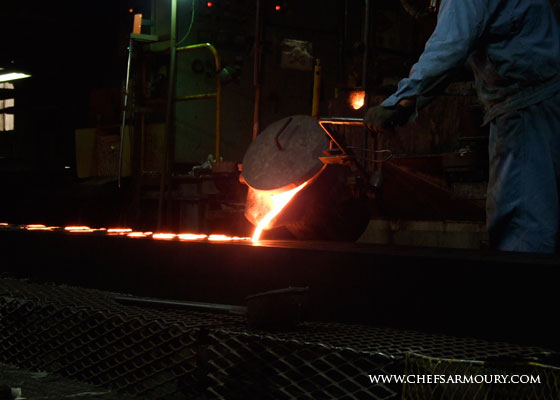

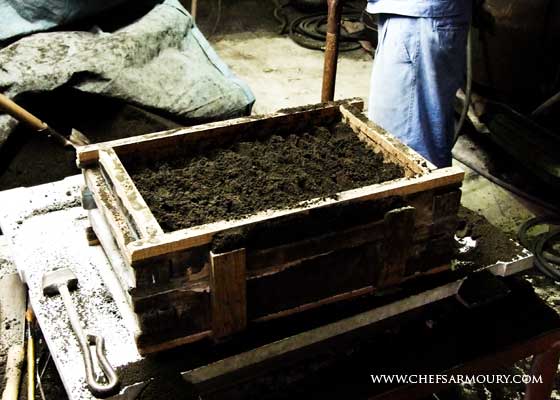
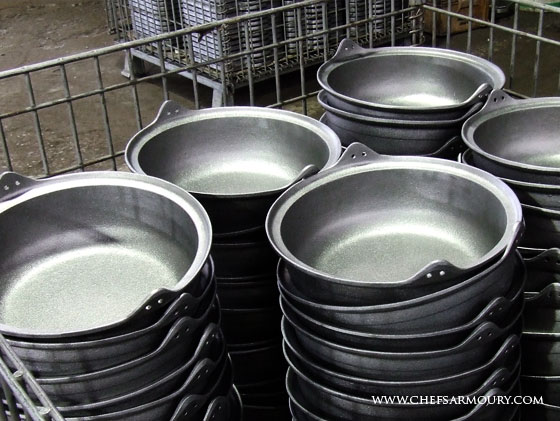
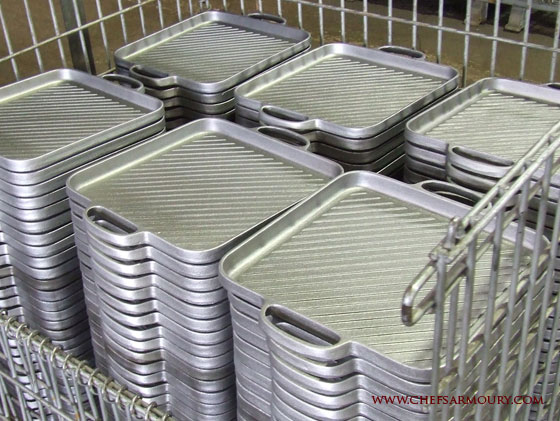
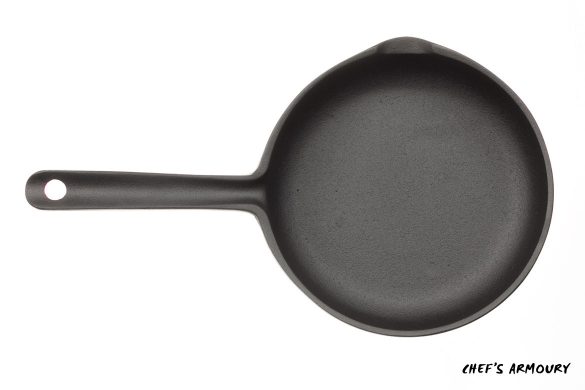
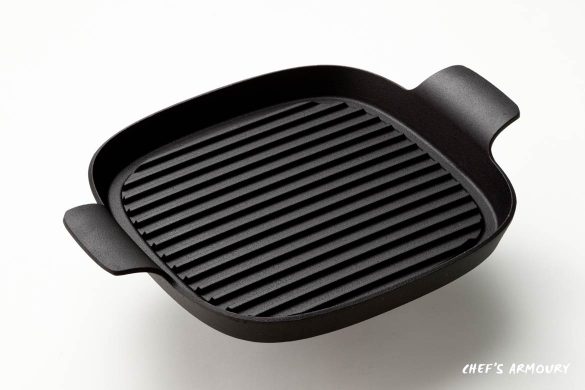
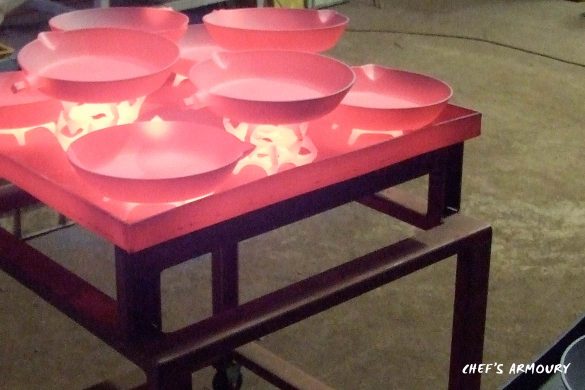
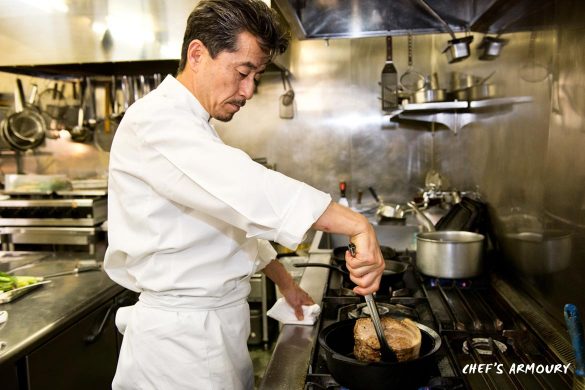
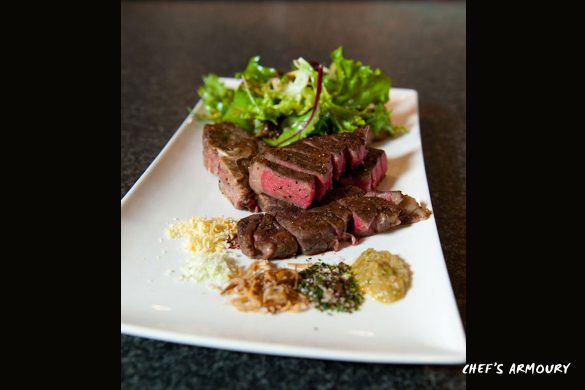
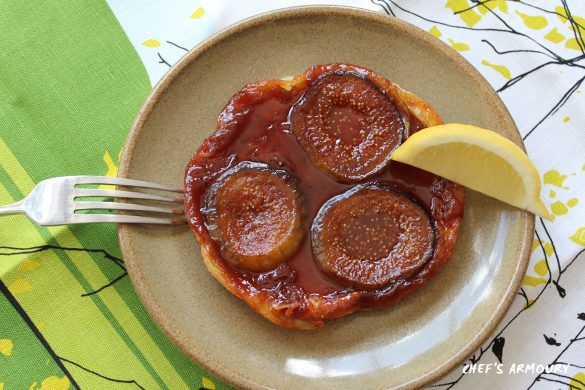
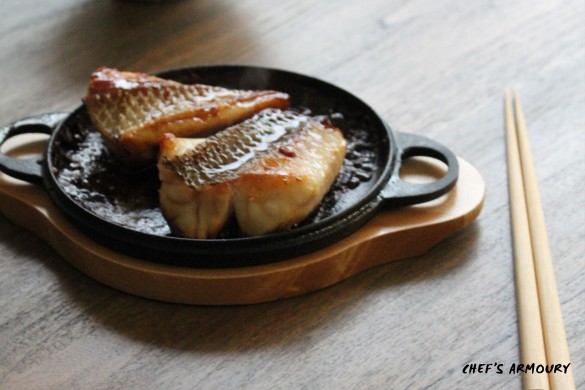
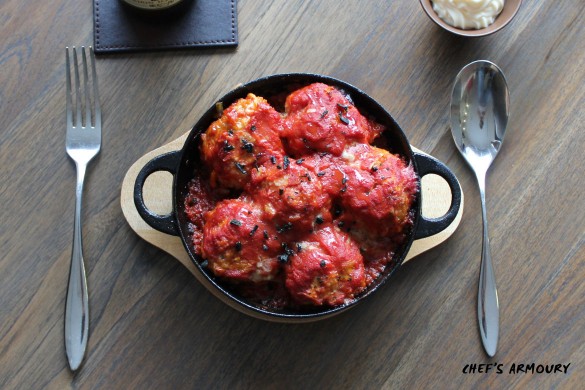
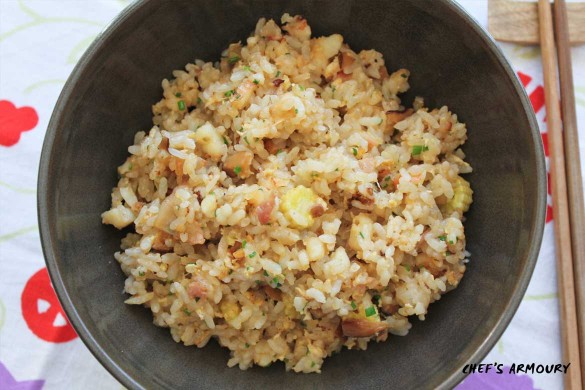
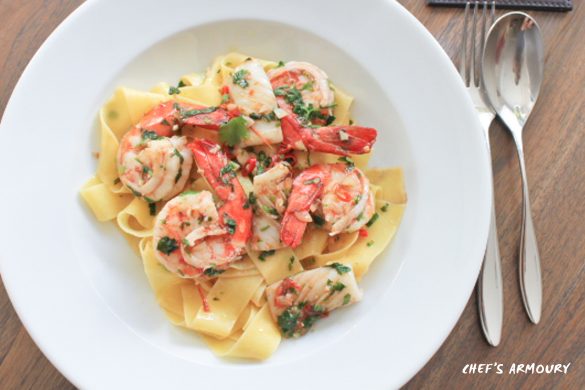
1 Comment
[…] This post was mentioned on Twitter by Chefs Armoury, Dex. Dex said: RT @ChefsArmoury: a fascinating insight into the making of cast ironware http://bit.ly/clfk74 […]